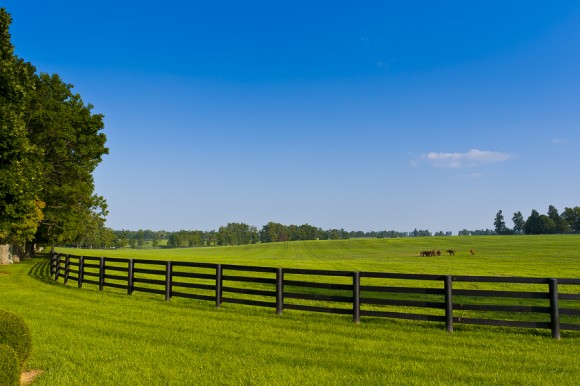Farm subsidy reformers praised a vote by the U.S. House of Representatives to make the wealthiest growers pay more for federally subsidized crop insurance, the first eligibility limit on a program that costs $9 billion a year.
The non binding House vote late last Friday will be a factor in upcoming negotiations with the Senate on a final version of the new farm bill, which is a year overdue. Senators put a similar restriction on farmers with more than $750,000 adjusted gross income (AGI) a year in their bill.
One percent of farmers, or about 20,000 people, would be affected by the provision, estimated to save $1.3 billion over 10 years. Crop insurance is the costliest part of the farm safety net. The farm bill would expand the program by up to 10 percent while cutting conservation and food stamps for the poor.
Farm bill negotiations were expected to begin soon, although no date was set. The House named 29 of its members as its conferees on the $500 billion, five-year farm bill on Saturday. The Senate appointed its conferees weeks ago.
Farm bills, written every few years, fund crop subsidies, conservation, public nutrition, food aid, research, agricultural exports and rural economic development programs.
Crop insurance reform was the only farm bill “instruction” approved by the House during a series of votes that cleared the way to negotiations with the Senate. The “sense of the House” resolution, approved on a voice vote, is an indication of lawmaker sentiment but conferees are not bound by it.
To reform-minded groups, the House vote was a step to rein in subsidy spending and give a hand to family farmers. The Environmental Working Group (EWG), which wants more money for conservation, said the $750,000 AGI limit was a “modest” reform “to bring a measure of fairness to crop insurance subsidies.”
The National Sustainable Agriculture Coalition, a small-farm advocate, and EWG said growers also should be required to practice conservation to qualify for subsidized insurance. The small-farm group called for a cap on insurance payments to farmers and restricting the program to active farmers.
Crop insurance is the only farm program without payment or eligibility limits, said sponsors of the plan to reduce the premium subsidy by 15 percentage points for farmers with more than $750,000 AGI. At present, the government pays an average 62 cents of each $1 of the premium.
“Let’s not subsidize folks at the high end as much and let’s protect the family farmer,” Budget Committee Chairman Paul Ryan, Wisconsin Republican said on Friday.
Agriculture Committee Chairman Frank Lucas, an Oklahoma Republican, said higher premiums could drive away large operators and, with a smaller pool of participants, drive up costs for smaller operators.
Texas Republican Mike Conaway said the proposal “will punish success, will punish efficiency.”
Georgia Republican Tom Price, a Ryan ally, said 4 percent of farmers get one-third of crop insurance benefits. “It just doesn’t make sense,” he said.
“In fact, it is ironic that there has been this attack on food stamps,” said Oregon Democrat Earl Blumenauer, “which has a lower percentage of abuse than the crop insurance program.”
Topics Agribusiness
Was this article valuable?
Here are more articles you may enjoy.



 CEOs on Guard as Trump Rattles Companies With Series of Edicts
CEOs on Guard as Trump Rattles Companies With Series of Edicts  Georgia Republicans Move to Scrap State Income Tax by 2032 Despite Concerns
Georgia Republicans Move to Scrap State Income Tax by 2032 Despite Concerns  Warburg Mulls $1 Billion Sale of London Insurance Broker McGill
Warburg Mulls $1 Billion Sale of London Insurance Broker McGill  Adjusters Launch ‘CarFax for Insurance Claims’ to Vet Carriers’ Damage Estimates
Adjusters Launch ‘CarFax for Insurance Claims’ to Vet Carriers’ Damage Estimates 

